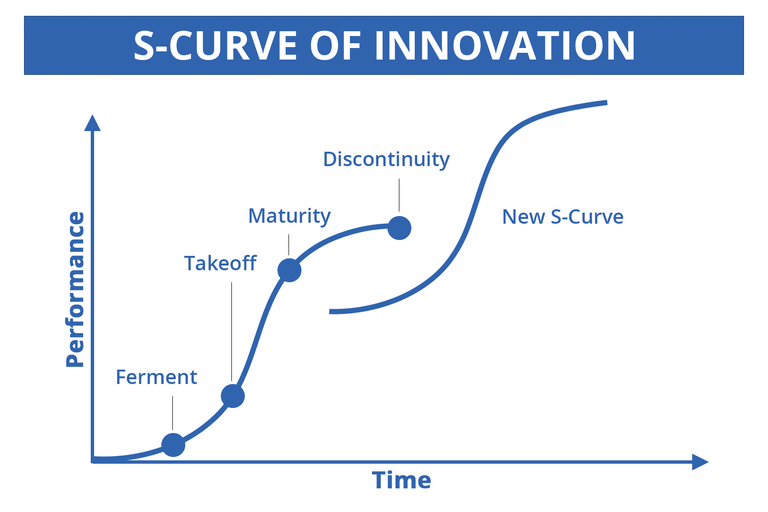We are linear thinkers. This is a condition of the human mind. For most of humanity's existence we lived in a linear world. Things did not change much from generation-to-generation. In fact, with the exception of the last few hundred years, things did not change much for the world over thousands of years. The difference between life in 500 BC compared to the year 800 was not that significant.
Today, for much of the world, live is not the same as it was in 1980. Thus, in two generations we saw enormous progress.
If you asked a room full of people if the pace of technology is accelerating, most would say yes. This is something that is hard to dispute.
The challenge is that the pace of the acceleration of technology is speeding up. Let us use software as an example. There was a time when the capabilities of software doubled roughly every 6 years. However, today, we are seeing some facets of AI doubling every 16 months. This is an enormous difference.
Most are familiar with Moore's Law. This is where the pace of transistors on a circuit doubled every two years. Many believe this is now slowing down. Certainly, it is impossible for this to continue forever. In fact, we are at the point where they are too close and causing interference.
The key to continued advancement is summed up in the S Curve of technology. Here is how it looks:

Thus, while Moore's Law might be on the way out, there are other technologies in the wings waiting to take over. MOst of the major semiconductor makers are working on the next generation of chips. It is unclear what will be the next standard but we can conclude it will be something.
What gets really interesting with the S Curve is how slow things start before they accelerate. This is where the increased pace of acceleration is taking place. When enough S Curve technologies are piled up, we see a large number of them hit the accelerated phase of the curve. For many technologies, this could occur over a 5-10 year period of time.
Consider the S Curve concept when applied to the personal computer, the internet, and mobile phones. Each followed its own path, innovating along the way and growing more powerful. What took place about 13 years ago was truly amazing.
These three technologies, at different points on their individual S Curves, converged to create a giant new S Curve. Since 2007, we can see the adoption of smartphones follow the same pattern. Hence, we took three technologies moving at an accelerated rate and put them on steroids through convergence.
What has this done for communication, the spreading of information, development of applications, and the way we interact with each other throughout the world? In short, it changed it all.
All of this took place within the last 13 years. Comparable progress in the 20th century probably covered 50 years.
Technology advances in an evolutionary manner. Just like nature (biology), we see the same explosiveness. How long did it take for a single celled organism to double itself? That took place over thousands of years. Now, it is said we replace every cell within our body every few years.
The technology we are dealing with follows the same pattern just on steroids. We are at a much different point in 2020 as compared to 1990. Thus, the progress we will make over the next 30 years (going into 2050) will not mirror what took place since 1990. Instead, we will see an accelerated rate of progress meaning that the progress of the last 30 years could be realized in 7-10 years. Thus, we will see an order of many magnitudes of development over the next 3 decades.
Since 1990, much of the progress was seen in information. However, we are now seeing similar rates of development in energy, food, materials, manufacturing, and transportation. Anyone who compares a computer from the year 2000 to one from 2010 sees an enormous difference.
In 2030, we will look back and see a greater advancement in some of the areas just mentioned as compared to today.
This will affect every area of life. For example, imagine when the production of energy on a local scale is cheaper than the transmission of energy on the present centralized system. How will the centralized energy producer compete when it cannot even transmit the energy, let alone produce it, at a rate that one can make it locally?
The answer is that it cannot.
None of this is Sci-Fi stuff. It is presently being worked up and present trends, if they remain in place (i.e. do not increase which is likely) will make this a reality by the middle of the 2030s. A few breakthroughs here and there, creating new S Curves, could accelerate things.
And this is why it is best for us to try and adopt an exponential mindset as compared to our linear way of thinking.
The acceleration of the pace of acceleration is exponential in nature. That is the reality that we are dealing with.
If you found this article informative, please give an upvote and rehive.

gif by @doze

Posted Using LeoFinance
so many technologies have changed our society,it has changed the way we now see the world,and i believe things can get better if we continue to embrace technologies that will add positive benefits to the world as a whole.....great post from you sir @taskmaster4450le
Posted Using LeoFinance
one thing i have observed is that different technologies have its own effective purposes and its functionality also depends on how we use them....
Posted Using LeoFinance